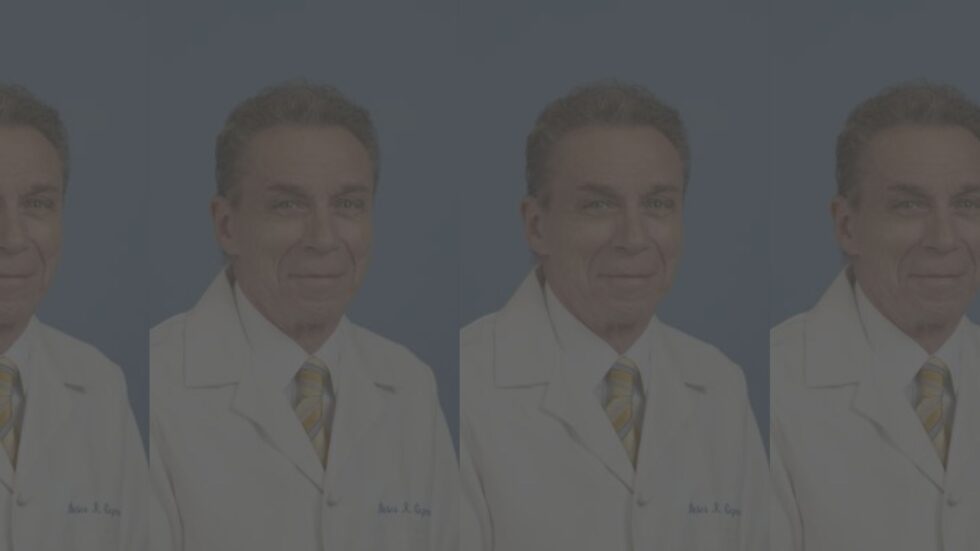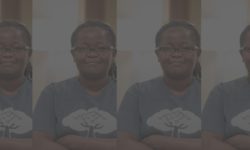
UCLA’s Department Chair of Radiology Dieter Enzmann considers himself a life-long learner. With extensive education from numerous reputable universities, Enzmann is an expert in the field. However, his passion for medicine started with a simple microscope.
Enzmann’s uncle was an anatomy teacher at a medical school in Iowa and played a major role in fostering Enzmann’s love for the sciences. Gifted a microscope at the age of 10 from his uncle, he became especially interested in biology and medicine. To learn more about his newfound passion, Enzmann read his uncle’s introductory anatomy books, allowing him to discover even more about the human body.
“So that was the impetus for going or thinking about becoming a physician,” Enzmann said. “The idea of becoming a radiologist didn’t happen until much later.”
Undergraduate and Medical School Years
During his undergraduate years, Enzmann majored in experimental psychology on the pre-med track. As such, most of his undergraduate education was based on a typical pre-med curriculum and prerequisites.
Enzmann conducted research in a radiology lab during college, but he noted that he did not fully understand what radiology was until his second or third year at Stanford University School of Medicine. However, he had an interest in photography and was always attracted to images.
At Stanford, Enzmann was truly able to delve into radiology. He often attended “noon conferences,” teaching conferences hosted by the radiology department, where he was able to observe and learn about various depictions of the human body.
“[I] realized that I really enjoyed looking at images of the human body, and basically looked at it as being not quite a puzzle, but a challenge to determine what was wrong in the image that could reflect [what was] wrong in the patient,” Enzmann said.
Enzmann noted that medical school was more intense compared to college, but manageable. He was already used to carrying a large number of credits during his undergraduate career, so taking the equivalent of four to five college courses during medical school was “not that unusual” for him.
“The material was new, but I was used to taking tests,” Enzmann added. “It wasn’t that difficult — there was work, but not that difficult.”
An Interest in Neuroradiology during his Residency Years
After completing medical school, Enzmann began his Diagnostic Radiology residency at Stanford University School of Medicine, which he greatly enjoyed. As an academic resident, he pursued a combination of clinical experience and research.
“I had very good fellow residents who were a tightly knit group, so we could learn from each other,” Enzmann said. “Everybody was motivated to become a good physician, a good radiologist. So it was a very good experience for me.”
During residency, Enzmann was able to discover various specializations of radiology, including gastroenterology, neurology, and cardiology. During his first week, he performed coronary angiography, a procedure that utilized catheters, which he found to be an engaging procedure. However, he noticed that the cardiologists and cardiac surgeons did not interact very much with the radiologist, which compelled him to pursue neurology instead.
“I noticed that the neurosurgeons and neurologists depended very heavily on the radiologist to interpret what was going on in the brain or spine,” Enzmann added.
This realization allowed Enzmann to think back to his medical school years, where he reflected on his enjoyment of the neuroanatomy course. He loved the complexity of the topic that would constantly force him to challenge himself and learn new things, which he coined a “cerebral exercise.”
“It was a little bit of a surgical atmosphere and then also a good cerebral atmosphere in terms of thinking hard about the diagnostic problems,” Enzmann said. “So that combination was most interesting to me.”
Enzmann was accepted to a Neuroradiology fellowship at the University of California at San Francisco School of Medicine, an experience he considers “a highlight of [his] training.” At the time, one of the global leaders in neuroradiology was a faculty member there, a factor that compelled him to apply.
“The patient population, the facilities, the conferences — I was like a sponge,” Enzmann said. “I got to absorb something new every day and feel like I was getting smarter. So I enjoyed that the most.”
Enzmann found great pleasure adding to his database of knowledge, treasuring the ability to have enough knowledge to aid others and knowing he was well-trained to provide quality care.
“I just felt a lot more skilled and talented at the end of my fellowship,” Enzmann said. “It was a good feeling to kind of know that you could be helpful and useful to patients.”
Life in Radiology
Enzmann worked in diagnostic neuroradiology as a clinical radiologist for more than 20 years. His typical day consisted of analyzing patient imaging studies, including MRIs and CT scans. However, Enzmann yearned to have a larger holistic impact on the field of radiology.
Thus, he sought to become the chair of a radiology department, which would allow him to have “much more ability to direct the direction of the field.” And so, he did just that.
Enzmann was chair of radiology at Northwestern University for 5 years, after which he became the chair of the University of California at Los Angeles (UCLA) School of Medicine Department of Radiology.
“UCLA was a very good institution, but it looked like the department could use some help, some new leadership, and an opportunity to kind of shape a department into what I’ll call a diagnostic radiology powerhouse,” Enzmann said. “An ability to recruit faculty and do research and have a major impact on the field of radiology as a whole.”
Throughout his career, Enzmann has been able to witness the various technological advancements in radiology. When he first started, radiology was primarily carried out using x-rays until angiography, a more advanced form of x-ray, was invented. He also witnessed the breakthrough of computed tomography, which allowed physicians to look at the brain via horizontal anatomic sections to see the brain and spine in greater detail than ever before.
Shortly after, there was the development of magnetic resonance imaging, which again showed the central and peripheral nervous systems with even greater precision and detail.
“You could look at the images and compare them to actual anatomy … and that was exciting, and you could make diagnoses that couldn’t be made before,” Enzmann said. “You became, quite frankly, much more important in the care of patients, both in diagnosis and following treatment.”
Amidst the rise of artificial intelligence (AI), Enzmann said that AI will aid patient care through advanced pattern recognition software and provide deeper, more accurate information.
According to Enzmann, a strength of AI is that it may help alleviate radiologists’ workload, which has increased dramatically in the past couple years. One of the biggest issues in the field, he said, is the fact that there are such huge volumes of work to be done, because physicians rely heavily on imaging to make diagnoses and care for their patients.
“AI is going to make radiology better, more accurate, more capable of providing more information for patient care,” Enzmann said. “And in some sense, just overall, making it much more accurate.”




